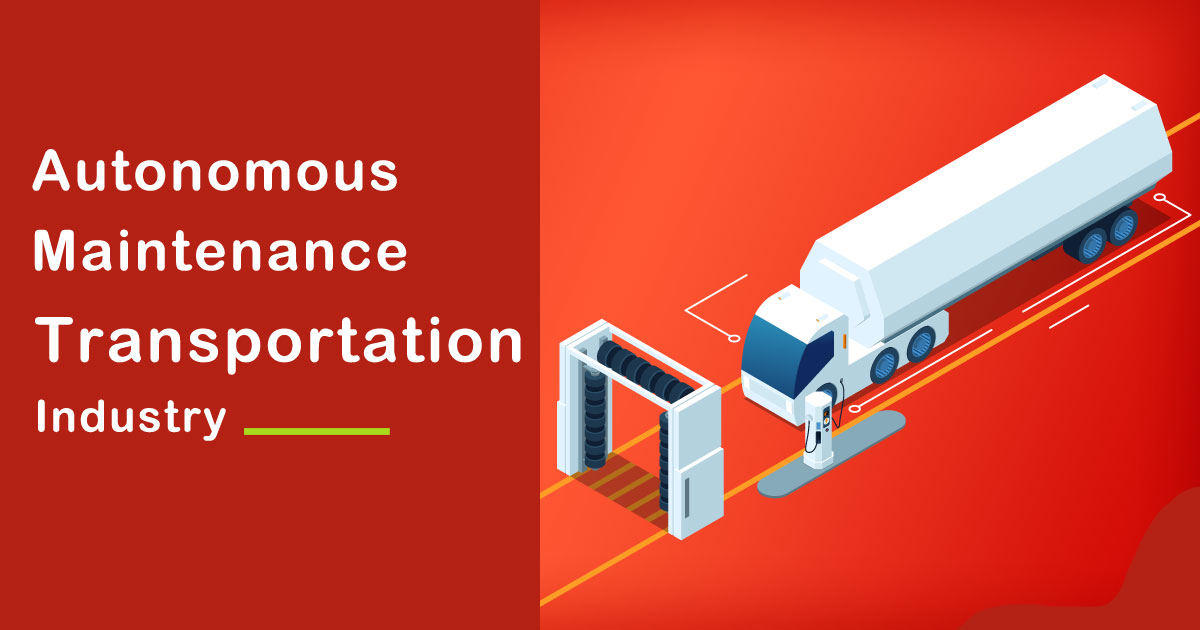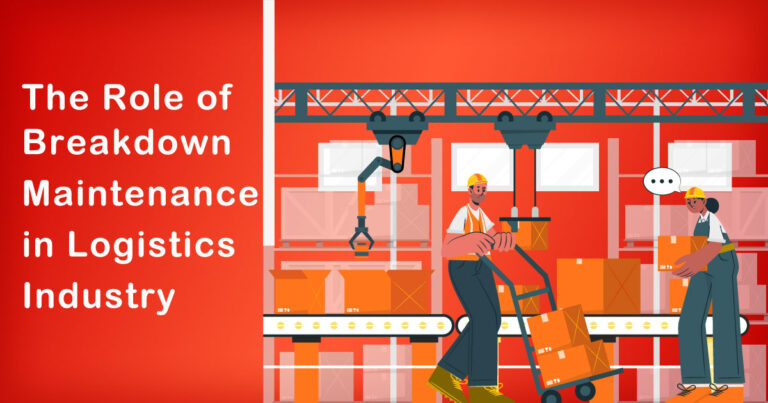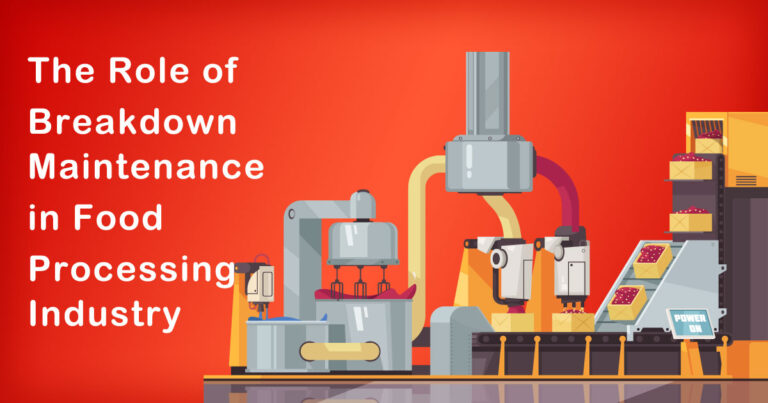Introduction
In recent years, the transportation industry in India has undergone significant transformations owing to the advent of cutting-edge technologies. One such innovation that has garnered considerable attention and is poised to revolutionize the sector is Autonomous Maintenance. This revolutionary concept has the potential to enhance safety, efficiency, and sustainability in the transportation domain, making it a game-changer for India’s rapidly growing economy. In this blog, we will delve into the significance of Autonomous Maintenance in the Indian context, backed by research and facts, and explore its potential impact on various transportation sectors.
Understanding Autonomous Maintenance
Autonomous Maintenance refers to the practice of utilizing autonomous technology to ensure the upkeep, monitoring, and repair of vehicles, infrastructure, and equipment used in the transportation industry. The concept involves employing Artificial Intelligence (AI), Internet of Things (IoT), and advanced sensors to enable self-diagnosis, predictive maintenance, and even self-repair capabilities for vehicles and other transportation assets.
The Potential of Autonomous Maintenance in India
Enhanced Safety:
India’s transportation industry is plagued with safety concerns. Autonomous Maintenance can play a crucial role in mitigating these risks. Self-monitoring systems can detect potential faults or malfunctions, significantly reducing the likelihood of accidents caused by human error. AI-driven algorithms can analyze data from various sensors in real-time, enabling quicker response times to unforeseen events and enhancing overall safety.
Optimized Efficiency:
Transportation is a lifeline for India’s economic growth, and optimizing efficiency is paramount. Autonomous Maintenance can lead to more efficient operations, minimizing downtime due to preventive maintenance. This will improve vehicle availability, reduce delays, and streamline logistics, resulting in a boost to productivity and cost savings for the industry.
Environmental Sustainability:
As India seeks to achieve sustainable development, the transportation sector must address its environmental impact. Autonomous Maintenance can contribute to this cause by optimizing fuel consumption, reducing emissions, and promoting eco-friendly driving practices. Additionally, self-repairing systems can extend the lifespan of vehicles, reducing waste and the demand for new resources.
Research and Facts
According to a study conducted by the Ministry of Road Transport and Highways in India, autonomous technologies can reduce road accidents by up to 50% over the next decade, potentially saving thousands of lives annually.
A report by NITI Aayog, India’s premier policy think tank, estimates that the implementation of Autonomous Maintenance across the transportation industry could lead to an overall cost reduction of 15-20% and boost the country’s GDP by 2-3% over the next five years.
The Indian Institute of Science (IISc) has developed an indigenous AI-based predictive maintenance system for trains, which has shown a 30% decrease in breakdown incidents and a 20% reduction in maintenance costs during the pilot phase.
Applications Across Transportation Sectors
Autonomous Vehicles:
The development of autonomous cars, buses, and trucks has gained traction in recent years. With robust Autonomous Maintenance systems, these vehicles can continuously monitor their health, ensuring safer and more efficient transportation options for passengers and goods.
Railways:
The Indian Railways, one of the world’s largest railway networks, can greatly benefit from Autonomous Maintenance. By incorporating predictive maintenance in their locomotives and tracks, they can reduce delays, enhance safety, and improve overall service quality.
Aviation:
In the aviation sector, autonomous maintenance can streamline aircraft inspection processes, identify potential faults, and optimize engine performance. This can lead to significant fuel savings and reduce aircraft downtime.
Shipping and Ports:
Autonomous Maintenance can play a pivotal role in optimizing vessel performance, reducing maintenance costs, and improving the overall efficiency of shipping and port operations.
Challenges and the Road Ahead
While the potential of Autonomous Maintenance in the Indian transportation industry is immense, there are challenges that need to be addressed. These include:
Regulatory Framework:
The deployment of autonomous technologies necessitates a comprehensive regulatory framework to ensure safety, security, and accountability.
Infrastructure:
The success of autonomous systems relies heavily on robust communication networks and advanced infrastructure. Upgrading existing infrastructure and building new ones will be critical for seamless implementation.
Workforce Transition:
The introduction of autonomous systems may require reskilling and upskilling the existing workforce to adapt to the changing landscape of the transportation industry.
Conclusion
As India continues to embrace technological advancements, Autonomous Maintenance emerges as a beacon of progress for the transportation industry. With the potential to enhance safety, optimize efficiency, and foster sustainability, this revolutionary concept promises a brighter and more prosperous future. However, to fully unlock its benefits, stakeholders must collaborate to overcome challenges and create an ecosystem that fosters the responsible integration of autonomous technologies in the transportation sector. As we embark on this transformative journey, Autonomous Maintenance undoubtedly holds the key to unlocking unprecedented opportunities for India’s transportation industry and driving it towards a more promising horizon.








